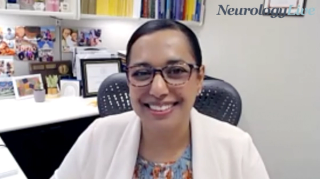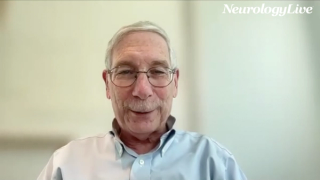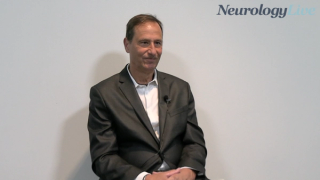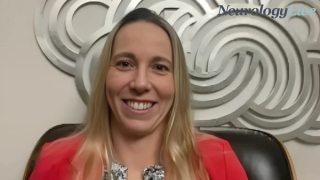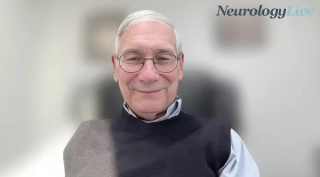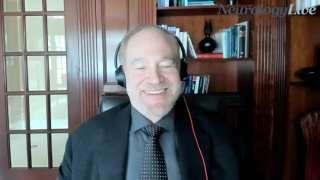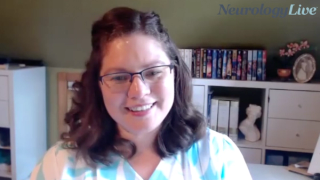
Migraine
Latest News
Latest Videos

CME Content
More News

A recently published phase 1 study revealed that coadministration of intranasal zavegepant with an oral contraceptive did not lead to clinically significant changes in drug exposure.

Although the study reported no evidence linking human leukocyte antigen alleles to migraine, the findings were not replicated, suggesting the HLA system may not be involved in migraine susceptibility.

Findings showed that atogepant 60 mg once daily demonstrated significant improvements in functional outcomes for patients with episodic migraine, compared with placebo, over 12 weeks.

A recent analysis of the PRODROME trial explored the impact of ubrogepant, an FDA-approved acute treatment of migraine with or without aura, on patient-reported outcomes in migraine management.

A recent case-control study suggests that although sleep bruxism may not be directly associated with migraine in patients with temporomandibular disorders, mixed bruxism episodes occur more frequently in those with migraine.

Findings demonstrated that fremanezumab significantly reduced the use of acute headache medications and the frequency of migraine-associated symptoms in patients with episodic migraine compared with placebo.

Erenumab (Aimovig) effectively reduced chronic headaches in a patient with a history of aneurysmal subarachnoid hemorrhage, showcasing the therapeutic potential of CGRP-targeting treatments for post-aSAH headaches.

Findings from a recently published large-scale analysis highlighted the high burden of cognitive impairment among veterans with both migraine and TBI.
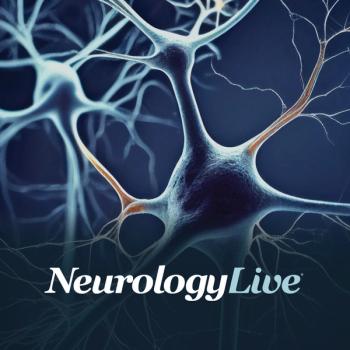
New research highlights the significant economic burden of misdiagnosed migraine patients, revealing higher healthcare costs and resource utilization over time compared to those with accurate diagnoses.

Treatment with the Chordate System led to a significantly greater reduction in monthly headache days during the performance assessment period, with a reduction of 3.5 days compared to 1.2 days in the sham group.

Using more than 100,000 claims, the 36-month cumulative risk of acute myocardial infarction and stroke was similar between erenumab and other anti-CGRP mAbs, with minimal residual bias.

Propranolol showed a stronger protective effect against ischemic stroke compared to other beta-blockers, such as metoprolol and timolol, possibly due to its unique pharmacological profile.

Over a 3-month period, galcanezumab treatment reduced definite dizzy days from 17.9 to 6.6, compared to 18.0 to 12.5 in the placebo group

Symbravo showed a statistically significant greater migraine treatment response compared to prior oral CGRP inhibitors (P <0.001), with 47.9% of patients reporting 2-hour pain freedom for most attacks versus 1.0% with oral CGRPs

Pathogenic variants in the CACNA1A, ATP1A2, and SCN1A genes were associated with a higher risk of migraine, particularly in heterozygous carriers of loss-of-function and neutral variants.
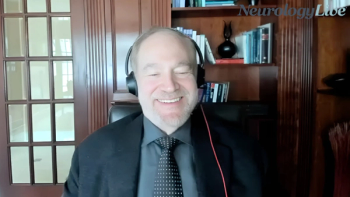
The director of the Montefiore Headache Center at Albert Einstein College of Medicine discussed the recent FDA approval of a new migraine treatment that combines rizatriptan and meloxicam. [WATCH TIME: 5 minutes]

Findings from previous phase 3 trial showed that treatment with AXS-07 resulted in significant reductions in headache pain freedom, migraine symptoms, and rescue medication use.
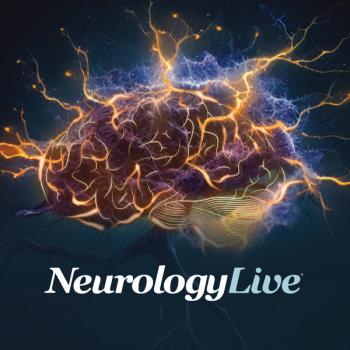
Adjusted models confirmed a consistent negative correlation between serum vitamin D and migraine prevalence, with statistical significance (P < 0.05) across all analyses.

Specialized teams at the AHN Headache Center, in Pittsburgh, Pennsylvania, offer crucial diagnoses and novel therapies for patients with migraine.

Early data from the pilot RELIEV-CM trial showed significant reductions in headache and migraine days, with 56% of patients showing a 50% reduction in symptoms at 4 weeks, and 100% at 12 weeks.
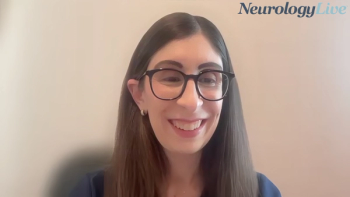
The assistant professor of neurology at the Icahn School of Medicine at Mount Sinai provided an overview of a session on exercise and migraine presented at the 2024 Scottsdale Headache Symposium. [WATCH TIME: 5 minutes]
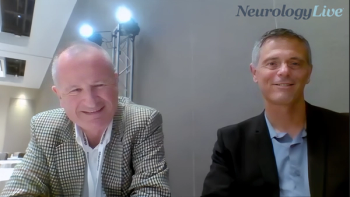
The pediatric neurologist at Duke Health and chief executive officer at Theranica talked about a remote electrical neuromodulation wearable that showed promising results for the treatment and prevention of migraine in pediatric patients. [WATCH TIME: 5 minutes]

The neurologist in the Headache Center at Cleveland Clinic shared her post perspective on the 2024 AHS Scottsdale meeting which highlighted advancements in headache medicine and the growing impact of the field on patient care. [WATCH TIME: 5 minutes]

Nerivio, a nondrug option for acute migraine attacks and prevention of migraine with or without aura, has been FDA-approved for several years in adolescents aged 12 and older as well as adults.

STS101 showed promising results in previous trials, with significant pain relief and minimal adverse events reported, reinforcing its potential as a viable treatment for patients with migraine.





